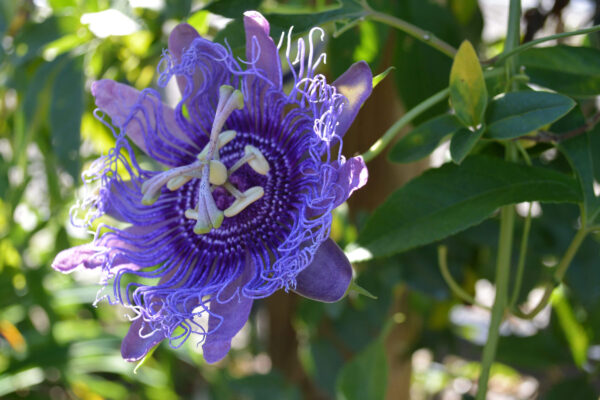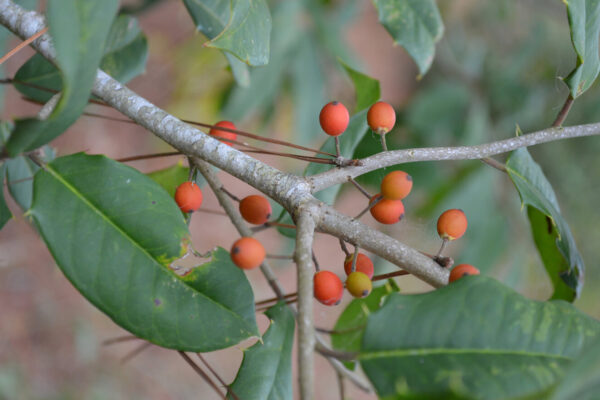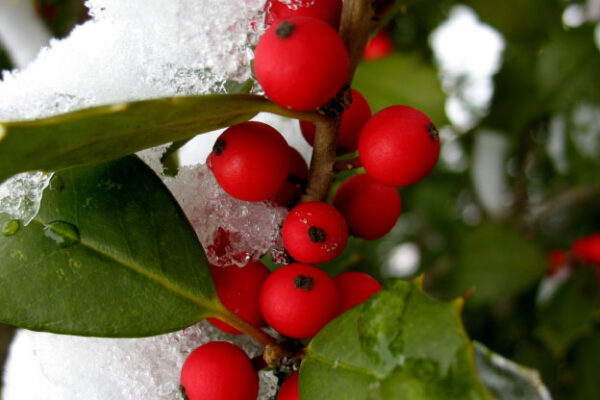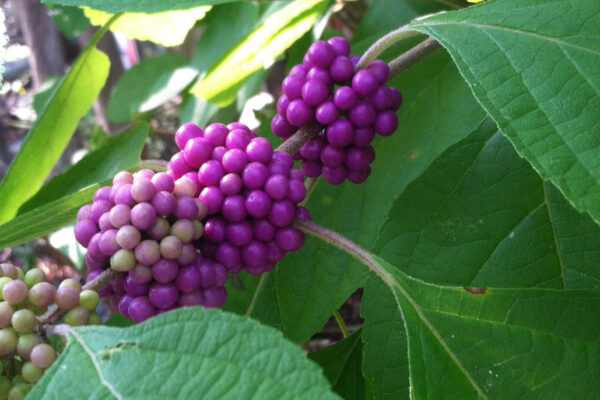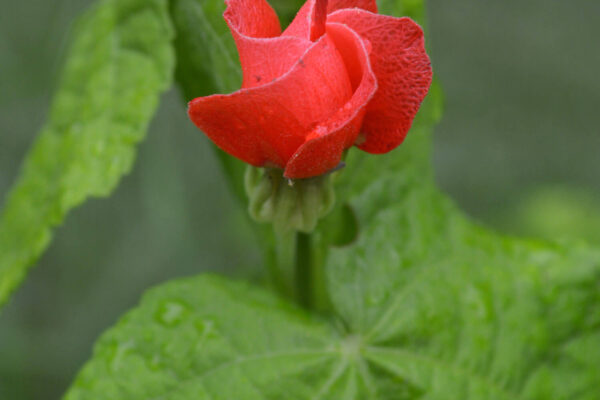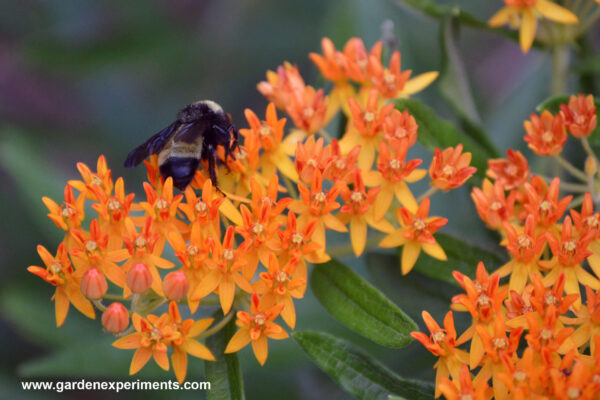Purple passionflower, also known as maypop, is a relatively quick-growing, perennial, herbaceous vine in the Passifloraceae family. You can find this native vine growing throughout the Southeast from Texas to Kansas up to Pennsylvania and down to Florida. In Mississippi, I’ve often seen it in pastures or open fields. It’s a great addition to an …
Continue Reading about Purple Passionflower: Passiflora incarnata

